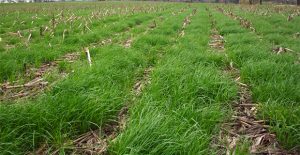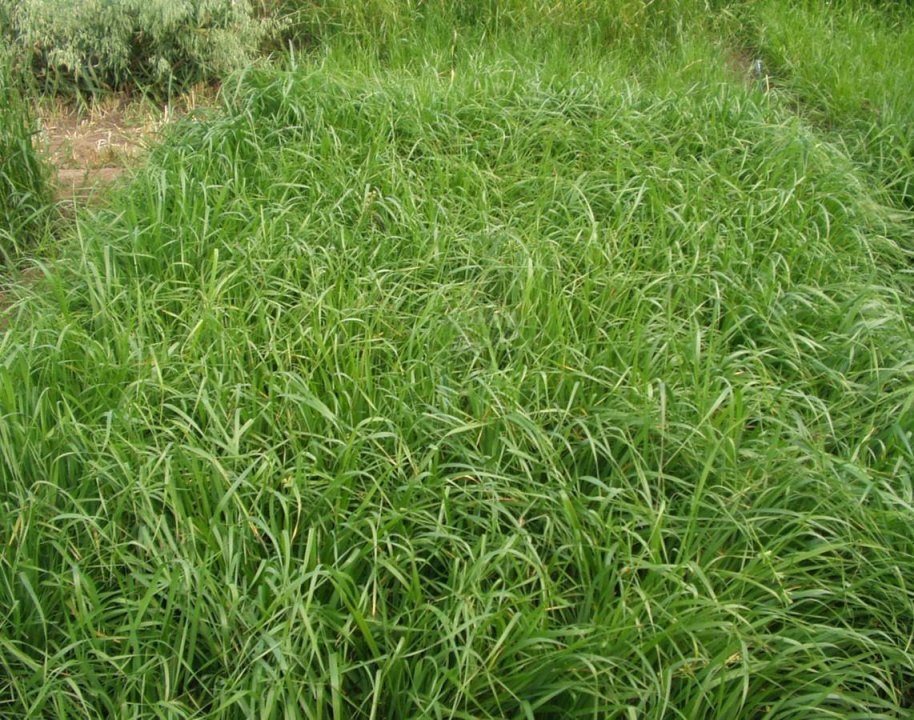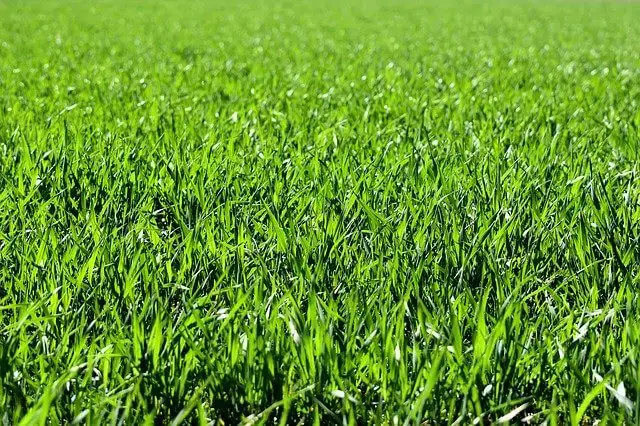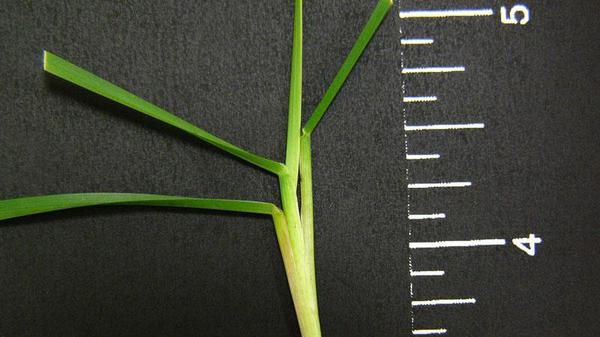Planting Annual Ryegrass In Summer

Typically N is applied in at least two and sometimes.
Planting annual ryegrass in summer. The plant will set seed more quickly if sown in fall so care must be taken to mow before the plant blooms. This can be a costly mistake. Therefore its better to wait until the summer grasses have become dormant so that the annual ryegrass wont compete with them for sunlight and nutrients.
Always wait to plant any summer annual forage grasses until soil temperature is permanently above 60F and 65F to 70F for the millets and teff. You can plant annual ryegrass in fall or spring. And in zone 5 or colder seed in midsummer to early fall.
I would say that you can also plant annual ryegrass in the fall but I would recommend doing so in the later summer months September. And if you plant it too late the ryegrass wont have enough time to grow before the cold arrives and days become shorter. Or not a legume companion is grown with annual ryegrass.
As a rule of thumb you should overseed annual ryegrass at least thirty days before the first frost when the. Ryegrass is also susceptible to diseases in warm weather so its not a good all-season turf grass on its own in warm climates. Ryegrass in the Summer Perennial ryegrass may be able to survive in sheltered shady areas of the lawn and when it persists through the summer season it can cause problems as it competes with the warm-season turf grass.
Regardless you should be sure to rake your soil free of any rocks or other debris. This will provide your annual ryegrass with plenty of time to adapt to the conditions around it before winter. One tip for planting annual ryegrass is that it germinates reliably from September to late October.
To use the plant as a winter annual seed during fall in USDA growing zone 6 or warmer. Kikuyu growth does not slow significantly until soil temperatures drop to 11⁰C. High temperatures of summer can cause these plants to go dormant and thus planting during summer is asking for problems.

Therefore its better to wait until the summer grasses have become dormant so that the annual ryegrass wont compete with them for sunlight and nutrients.
Planting annual ryegrass in summer. To use the plant as a winter annual seed during fall in USDA growing zone 6 or warmer. These plants also need for air temperature to remain warm even at night. I would say that you can also plant annual ryegrass in the fall but I would recommend doing so in the later summer months September.
44 rows Warm-season species such as sudangrass can be planted in late spring for summer. Annual ryegrass will germinate in the fall but there is usually not sufficient top growth to support much fall grazing except in a clean-tilled situation. And if you plant it too late the ryegrass wont have enough time to grow before the cold arrives and days become shorter.
This will provide your annual ryegrass with plenty of time to adapt to the conditions around it before winter. As a rule of thumb you should overseed annual ryegrass at least thirty days before the first frost when the. One tip for planting annual ryegrass is that it germinates reliably from September to late October.
This can be a costly mistake. Ryegrass is also susceptible to diseases in warm weather so its not a good all-season turf grass on its own in warm climates. In a good summer season it is tempting to wait until the summer pastures slow down before over-sowing.
High temperatures of summer can cause these plants to go dormant and thus planting during summer is asking for problems. Planting time for annual ryegrass is late August through early October but can be as late as February. When to Plant Annual Ryegrass.
These temperatures usually occur when the daytime air temperatures are between 60 and 75 degrees. When doing be sure to check to see if the soil is well-drained. It can be cut down to 15 inches in the colder months but in summer it should stay at least 3 inches.
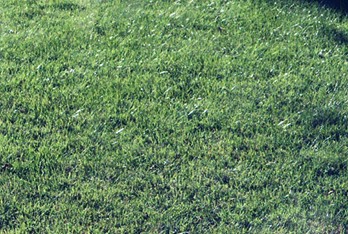
You can plant annual ryegrass in fall or spring.
Planting annual ryegrass in summer. Annual ryegrass will germinate in the fall but there is usually not sufficient top growth to support much fall grazing except in a clean-tilled situation. Or not a legume companion is grown with annual ryegrass. Annual ryegrass is identifiable for its leaf blades rolled into the bud in contrast to folded into the bud in perennial ryegrass.
This can be a costly mistake. Planting in late summer or early autumn especially with a small grain companion provides a longer growing season than overseeding annual ryegrass on a warm season sod. One tip for planting annual ryegrass is that it germinates reliably from September to late October.
This means planting in late May at the earliest or early June in many cases. Planting time for annual ryegrass is late August through early October but can be as late as February. Another notable difference between the two types is their growth height where annual ryegrass can grow up to a height of five feet and perennial ryegrass between one to two feet tall with a bunchy form.
To use the plant as a winter annual seed during fall in USDA growing zone 6 or warmer. Always wait to plant any summer annual forage grasses until soil temperature is permanently above 60F and 65F to 70F for the millets and teff. These plants also need for air temperature to remain warm even at night.
In a good summer season it is tempting to wait until the summer pastures slow down before over-sowing. Mow annual ryegrass every three to seven days. Ryegrass in the Summer Perennial ryegrass may be able to survive in sheltered shady areas of the lawn and when it persists through the summer season it can cause problems as it competes with the warm-season turf grass.
As a rule of thumb you should overseed annual ryegrass at least thirty days before the first frost when the. Kikuyu growth does not slow significantly until soil temperatures drop to 11⁰C. If you live in a warmer climate Annual Ryegrass is the better choice for you.


